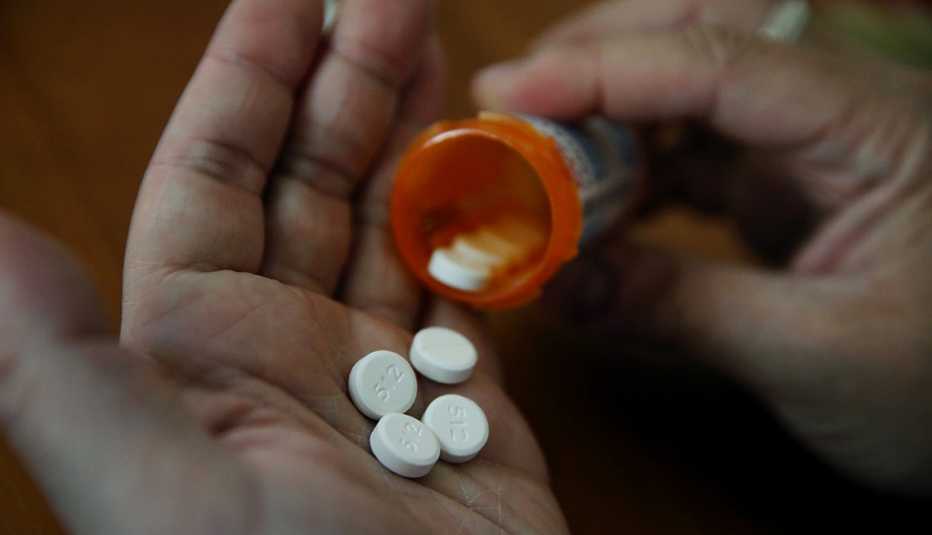Staying Fit


Many hospitals around the country are facing a troublesome situation: Two inexpensive and commonly used chemotherapy drugs are in short supply, causing a disruption in the care of some cancer patients who are fighting for their lives.
“I’ve had colleagues ask if I can see a patient or treat a patient because they don’t have access to the drug, or they’ve lost supply,” says Jyoti Patel, M.D., a professor of medicine at Northwestern University and medical director of thoracic oncology in the Lurie Cancer Center.


AARP Membership— $12 for your first year when you sign up for Automatic Renewal
Get instant access to members-only products and hundreds of discounts, a free second membership, and a subscription to AARP the Magazine.
Patel says her hospital has been well positioned throughout the nearly five-month-long shortage of the two medications, cisplatin and carboplatin. However, others in her region — and in communities across the U.S. — have been less fortunate. In some instances, doctors are being forced to decrease doses of these drugs or substitute in another therapy that may be less effective. In rare cases, treatment plans are being postponed.
The shortage of these two cancer treatments is just one example of many drug scarcities that are rattling the health care system and affecting the health and well-being of Americans.
Over the winter, a surge in flu cases caused shortages of oseltamivir (Tamiflu), an antiviral medication that can help keep a mild case of the flu from progressing into something more serious. At the same time, pharmacies were running low on some antibiotics, and stores in some regions couldn’t keep common pain relievers in stock.
Currently, everything from Adderall to lidocaine to popular diabetes medications are in short supply. “The shortages span the gamut from things that are nice to have to things that are utterly necessary,” says Megan Ranney, M.D., an emergency physician and deputy dean at Brown University’s School of Public Health.
Drug shortages are not new
Patients may be feeling the pinch now, but drug shortages are nothing new, explains Stephen W. Schondelmeyer, a professor at the University of Minnesota College of Pharmacy and co-principal investigator for the Resilient Drug Supply Project at the school’s Center for Infectious Disease Research and Policy (CIDRAP). One hundred and fifty to 200 medications are not available in the U.S. at any given time, he adds.
“On the one hand, that seems like a fairly small number,” Schondelmeyer says. “But to individual consumers, it can be everything.”




































































More From AARP
7 Drugs That Can Cause Memory Loss
If you’re experiencing forgetfulness, brain fog or confusion, check your medicine cabinet
8 Tips for Taking Water Pills Safely
Diuretics can help manage high blood pressure among other conditions
Should You Take a Diabetes Drug to Lose Weight?
Experts stress the medications should be reserved for those who need them